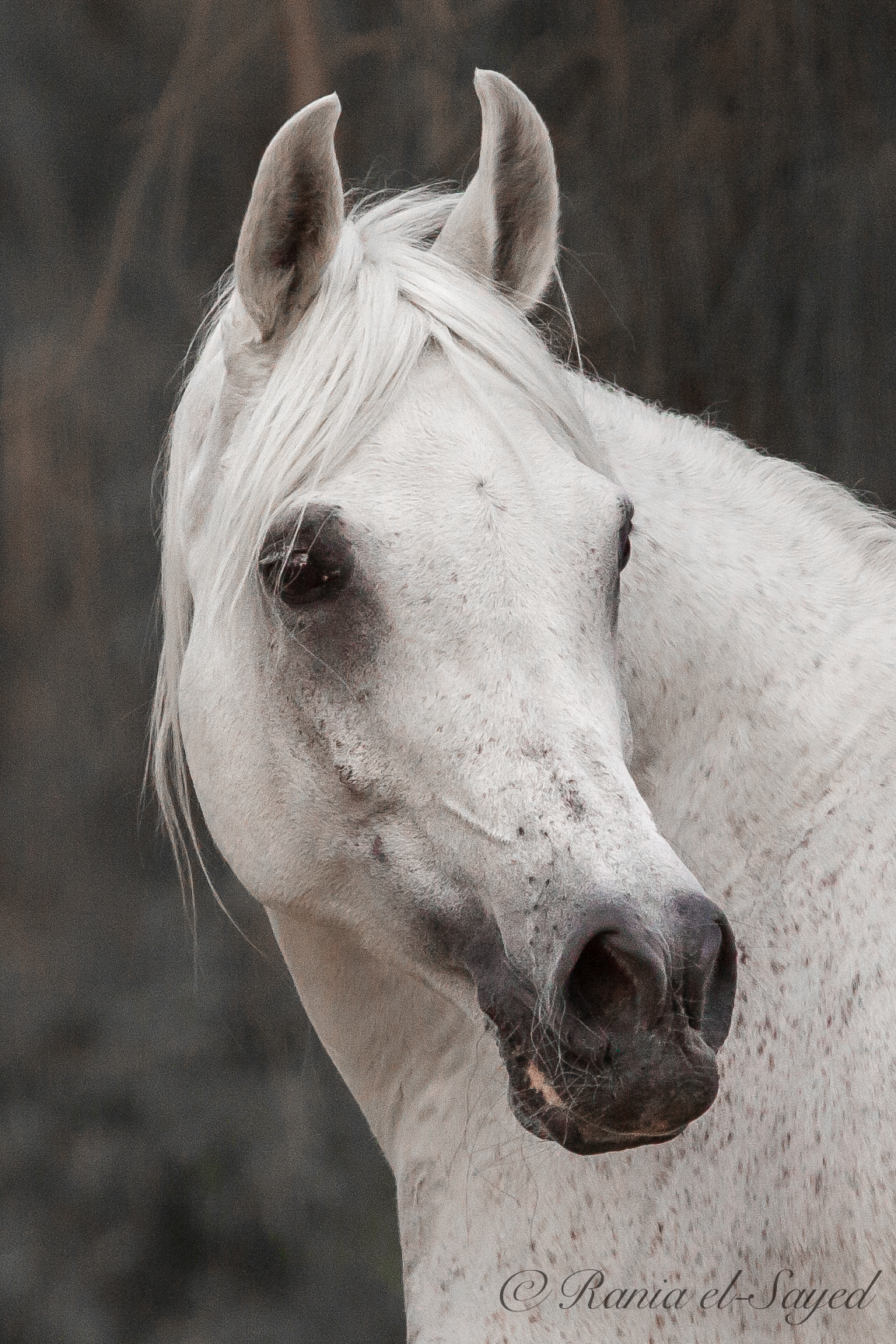“Don’t let the beauty of a horse fool you, my exalted sultan… fine looks do not indicate a sound character”, he said. One day Salahuddin summoned his courtiers, dignitaries of state, and commanders of his stables. He had been on a mission of fetching the finest of horses required for his military campaigns. And forContinue reading “Qualities of The Arabian Horse in Arabic Manuscripts (Part I)”
Tag Archives: Arabic manuscripts
Arabic Manuscripts on Furusiyya and Veterinary Science
This article was first published in Arabisches Pferd In The Focus. “History is an art… and worthy of being considered a branch of wisdom”said Ibn Khaldoun, the medieval historian and social scientist,in his seminal work al-Muqaddama. Islamic manuscripts are the collective memory of the Islamic world and the intellectual production of the various civilisations whichContinue reading “Arabic Manuscripts on Furusiyya and Veterinary Science”
Equine Veterinary Knowledge in the Islamic World
This article was published in Al-Tibb, Healing Traditions in Islamic Medical Manuscripts, a catalogue published by ISLAMIC ARTS MUSEUM MALAYSIA. In the 12th and 13th centuries AD, Egypt had its unforgettable share of political and military upheavals with the Crusades and the Mongol hordes. The horse played a remarkable role in these conflicts, whether inContinue reading “Equine Veterinary Knowledge in the Islamic World”
Anatomy of The Horse in the 15th Century
This article was first published on MuslimHeritage.com on June 5th, 2009. The version published hereafter was revised and augmented with a section of references on veterinary medicine and hippiatrics in the medieval Islamic world. The famous image we find in an Arabic manuscript depicting the “al-faras al-mastuh” (a horse lying on its back) is aContinue reading “Anatomy of The Horse in the 15th Century”



